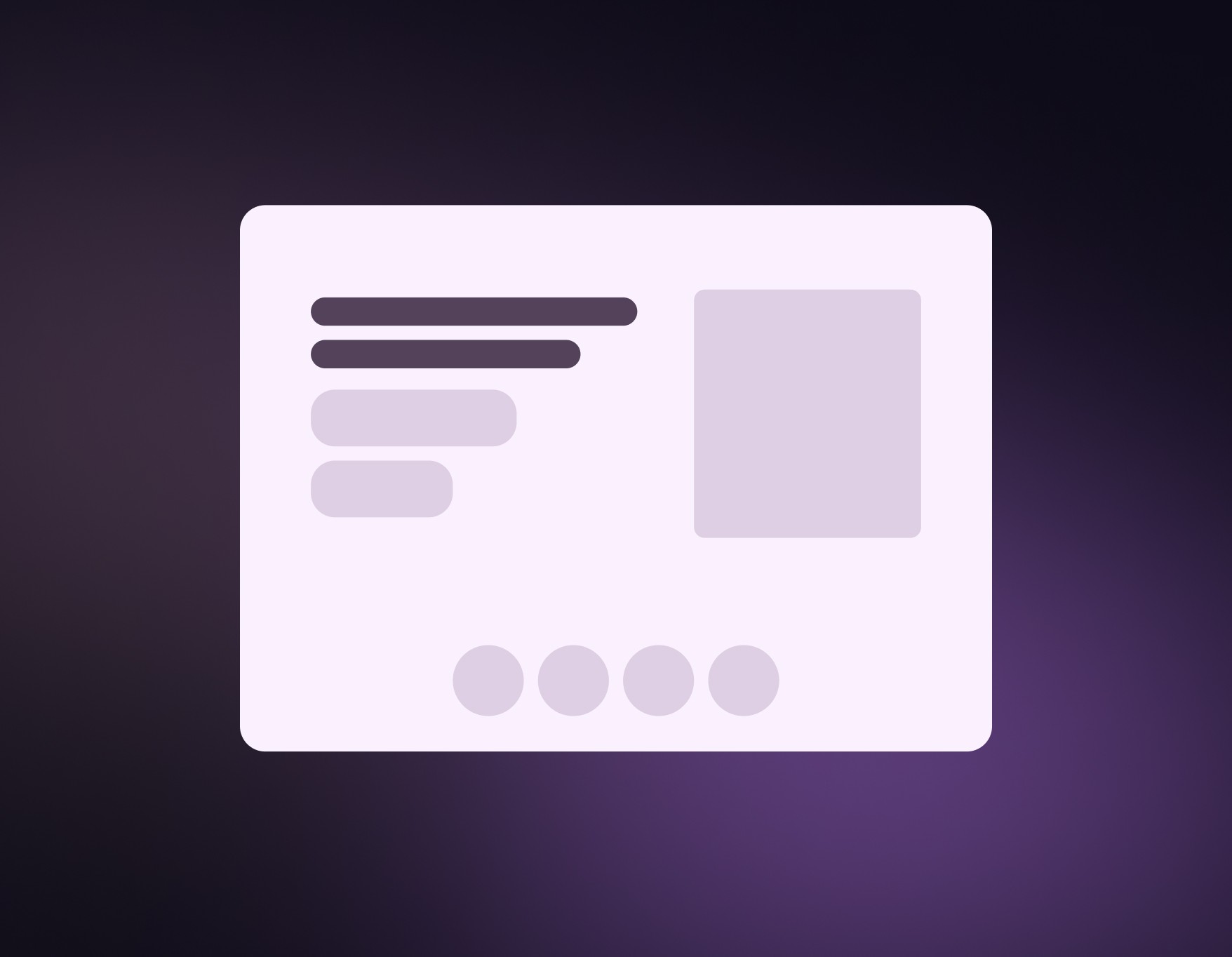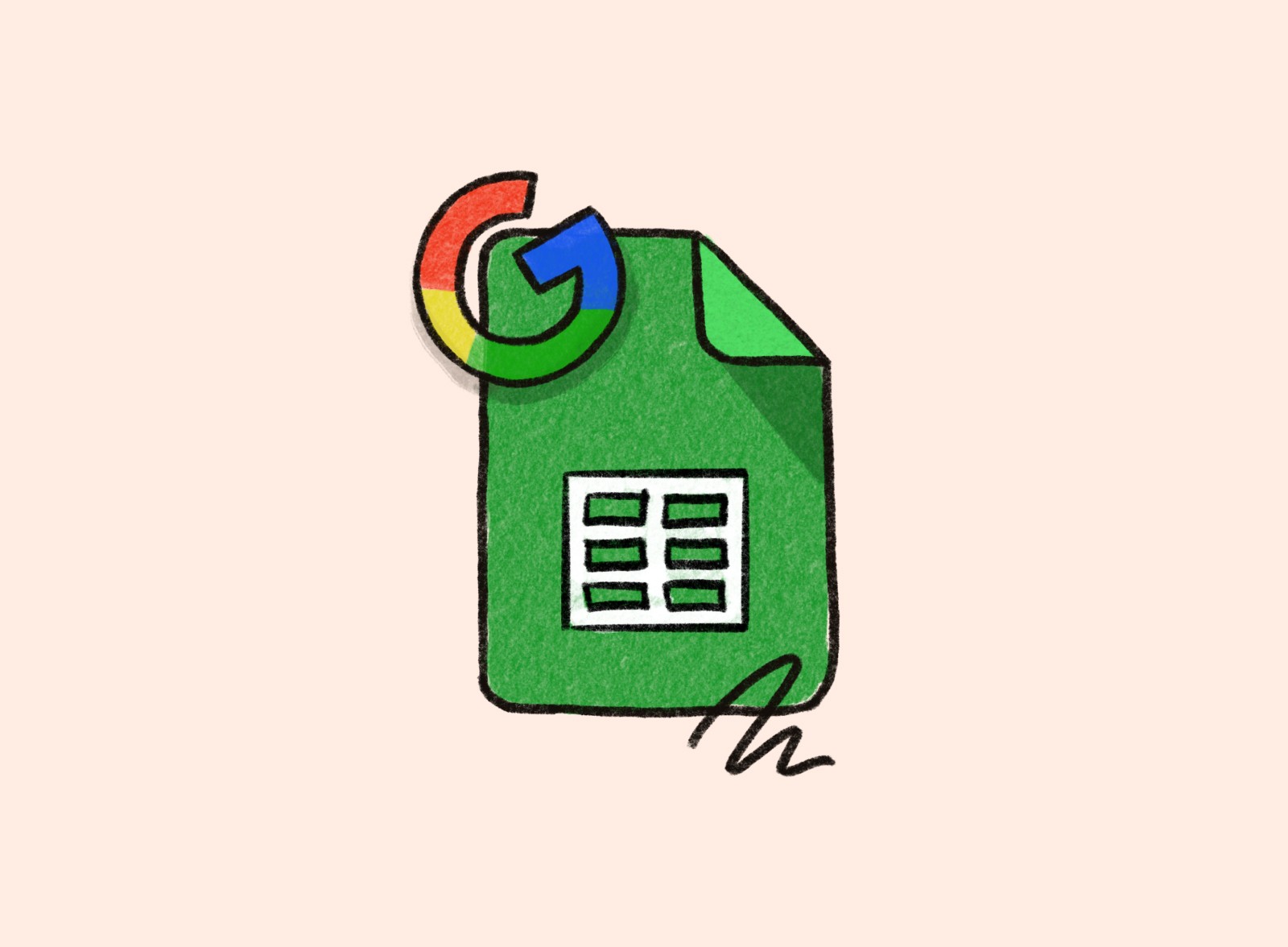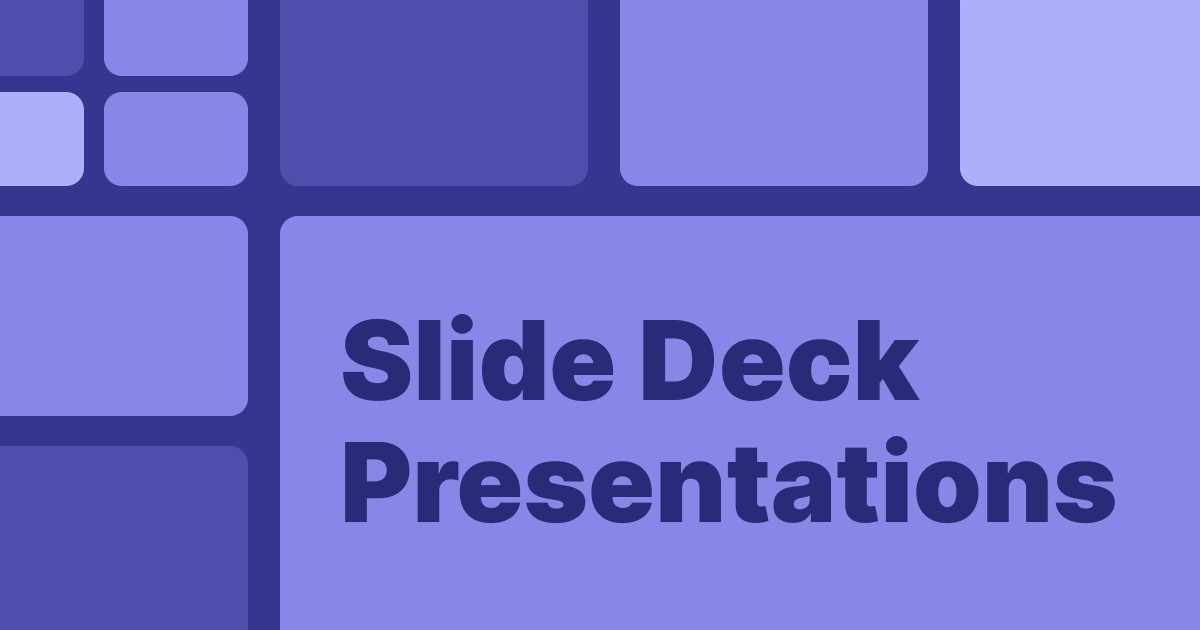6 MIN
•
Design
Five reasons why you should avoid making design decisions
Why should you invest in design if Facebook and Google looked like this?

Remember the early sites like Google, Twitter, and Facebook when they launched? They were so simple and ugly, yet they are now worth billions.
If it has worked out well for them, why should a creator or business like you spend any time on design?
“Beautiful design is like a red flag for me.”
This was a thought shared by Pieter Levels, a respected indie-hacker who is successful in his own right, pulling in a diversified income of over 200k/mo between half a dozen projects.
In his eyes, if you’re building something, you shouldn’t spend any time on its look and feel, leaving it intentionally ugly and unpolished.
As he says, look at the early days of some of the biggest tech companies. If they survived and looked like this at the beginning, then why put more effort into yours?
I’m inspired by Pieter as an entrepreneur, but there is never one approach to market and designing your products. If there were, every business would look identical because we would all be serving the same, single customer.
You don’t need fancy gradients or animations to create something that stands out, but you might want to show up and design for your users and not yourself.
But if you don't agree, here are five reasons to avoid investing in design.
Five myths to avoid investing in design:
1. You think Craigslist exists because of its design
Craigslist first launched in 1995, and while the site has grown in total offerings, its design has maintained its directory-style look and feel since then.
Craigslist is used as an example because it’s still around and functioning today, which means it’s an example of where minimal or even simple design works, without any real polish.
But Craigslist’s 28-year existence and consistent popularity is now driven more by culture than design, making it an outlier and an example of the early web.
Looking more closely, its estimated revenue over the past few years has dropped by 50% or more as smaller companies unbundle their offerings and pick apart what Craigslist excelled at.
And suppose we’re going to use these extreme examples. In that case, it’s fair to say these companies have used design as a competitive advantage to separate themselves from the all-in-one directory-based website. (Think AirBnB, Thumbtack, Facebook Marketplace, dating apps, etc)
But if you think Craigslist is still around today because of its aesthetic, you should probably not invest in design.
2. I don’t think my users really care about design
When Pieter said, “beautiful design is a red flag,” he’s referring to colors, gradients, animations, and things that feel like they took away time from the product cycles before it’s been validated.
Beneath the surface, there’s a valid point to be made about where you spend your time. But the nuance here is that the time it took Facebook and Google to create their own pages 20 years ago, were much more time-consuming and had more technological constraints than they do now.
The stakes have changed in what’s acceptable to build trust. Using design as a competitive advantage and implementing smarter design decisions using the fundamentals is easier than ever before—much easier than it was 200+ years ago.
But if you think all of your users look and think the same as you—and don’t care about deisgn—then you won’t need to invest in design of your product or marketing to stand out.
3. Facebook and Twitter are doing just fine
Almost twenty years ago, the iPhone didn’t exist, and Twitter started out as a texting service.
Facebook launched on 17” CRT monitors around college campuses, in browsers with an Internet Explorer logo on them.
The design constraints for what passed as acceptable were bounded by technology. Web design sorely lacked behind traditional advertising and marketing design because you only had a handful of fonts, limited screen real estate, and a limited color palette.
What worked then simply doesn’t represent the bar today. But if you think what we found acceptable twenty years ago works today, you’re better off saving your money and time.
4. Design is too expensive
It used to be that hiring a designer was an expensive choice, and difficult to find someone who speaks your language if you don’t have a design background.
So instead of hiring a designer or learning the fundamentals, it’s easy to tell yourself that design doesn’t really matter.
But making better design decisions as a non-designer can be learned within weeks. Understanding what visual hierarchy means, using space to your advantage, and knowing how to choose colors will extend your design sensibilities and close the design gap if you want to do it yourself.
Once you have this foundation, hiring a designer or communicating what you need becomes much easier and affordable to do, as product and brand design becomes a more common skillset to learn today, especially in software.
4. Your competitors don’t value design, so why should I?
The speed to which you can launch a decent looking design is easier than ever before, and a good way to separate yourself from your competition.
In a sea of calendar scheduling apps, it’s tough to stand out.
Calendly has been the incumbent for a long time, and has raised 350 million.
But SaavyCal saw an edge in the market, and has bootstrapped itself and raised less than 250k. It’s delightful design and user experience has made its mark by creating a more delightful experience, both in its marketing and product design.
Design can be a differentiator, especially if you’re building another AI powered tool with seemingly 500 new products launching daily.
In conclusion
The overall definition of what good design changes between someone who might have the skills vs someone who doesn’t. It doesn’t mean it’s less or more important when your customers are the ultimate decision makers.
I would argue that it’s fairly easy to launch a product more quickly today than at any other point, so you could likely have more time to spend on design than you used to.
You need to capture someone’s attention within seconds, and sometimes they make that decision before even using your product, even if you know it’s great.
Building businesses and products have higher stakes today than they ever used to. Don't compare yourself against the standards of 20+ years ago.
Join 3,800+ solopreneurs & professionals who are:
Building trust with personalized branding
Increasing sales with premium packaging
Creating clear offers that convert
Get dollar-driven design tips in your inbox 2-3x a week.
More Posts


























